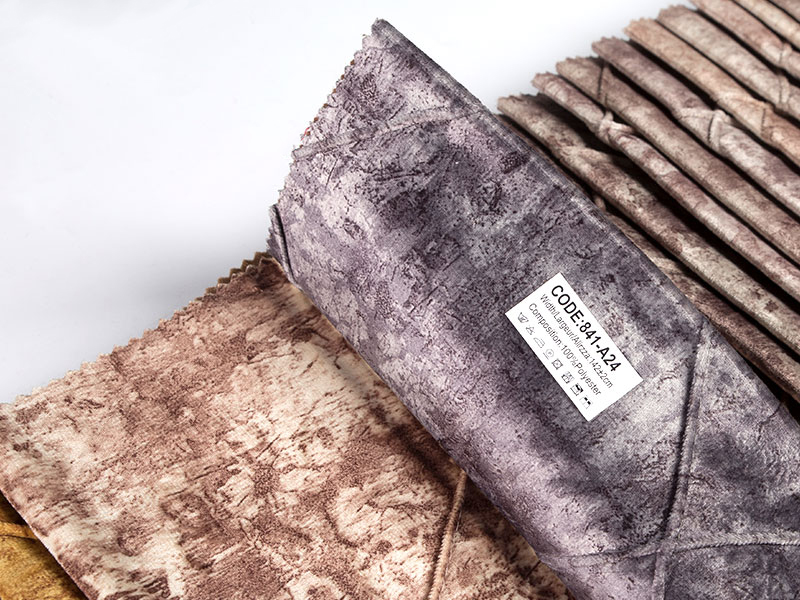Few materials possess the immediate, captivating allure of velvet fabric. This woven tufted textile, characterized by a soft, dense pile of evenly cut fibers, offers an unparalleled tactile and visual experience. Historically the domain of royalty and the wealthy elite, modern production techniques have thankfully brought the luxury of velvet to a wider audience, solidifying its place as a staple in high fashion, opulent home décor, and fine craftsmanship.
A Regal History
The history of velvet fabric is as rich and intricate as its texture. While the technique of creating a piled fabric dates back to ancient Egyptian linen textiles, the development of true velvet, often made from costly silk, is believed to have originated in Eastern cultures, with samples found in China as far back as 400 BC.
The fabric truly blossomed during the Renaissance (1400-1600), particularly in Italy, where cities like Venice and Florence became major centers for its production and trade along the Silk Road. Due to the complex weaving process—which involves drawing warp threads up over rods to create loops that are then cut—the original silk velvet fabric remained a symbol of status, worn by monarchs and used extensively in ecclesiastical vestments and aristocratic interiors. The name itself is thought to derive from the Latinvillus, meaning "shaggy hair" or "tuft," aptly describing its signature texture.
Decoding the Weave: How Velvet is Made
What distinguishes velvet fabric from other textiles is its unique construction. It is a warp pile fabric, meaning the pile is formed by the warp (vertical) threads. Traditionally, two thicknesses of the material are woven simultaneously on a special loom, with the pile threads interlocking them. A blade then slices through the center of these two layers, separating them and creating two identical pieces of velvet, each with the characteristic soft, upright pile. This process is what gives the fabric its signature hand-feel, depth of color, and subtle sheen that shifts with the light.
Variety is the Spice of the Pile
While historically silk was the fiber of choice, today's velvet fabric is crafted from a wide range of materials, each lending a different weight, drape, and luster:
-
Silk Velvet: The most luxurious and expensive, known for its incredible softness, lightweight feel, and shimmering drape, often reserved for high-end garments.
-
Cotton Velvet (Velveteen): A more durable, matte, and heavy option, with a shorter pile. Its sturdiness makes it ideal for upholstery.
-
Synthetic Velvet: Made from polyester, rayon, or viscose, this type is often more budget-friendly, highly durable, and stain-resistant, while still mimicking the look and feel of its silk counterpart.
-
Crushed Velvet: Created by twisting the fabric while wet or pressing the pile in different directions, this velvet has a distinctive, broken, or 'crushed' appearance with a highly lustrous finish.
-
Embossed Velvet: Features a pattern pressed into the pile using a heat stamp, creating a textured design with depressed (pile-free) and raised areas.

Modern Applications of Velvet Fabric
The applications for velvet fabric are as varied as its types. Its elegant appearance and comfortable texture make it a highly desirable material across multiple industries:
-
Fashion: From iconic evening gowns and opulent jackets to accessories like shoes and bags, velvet lends an unmistakable air of sophistication and drama to any ensemble. Stretch velvet, containing spandex, is especially popular for form-fitting apparel.
-
Home Décor and Upholstery: Thick, durable cotton or synthetic velvet fabric is a favorite for furniture upholstery, including sofas, chairs, and ottomans. Its density also makes it an excellent choice for rich, heavy draperies that offer light-blocking and sound-absorbing qualities. Furthermore, it adds a lavish touch to soft furnishings like throw pillows and bedspreads.
The simple truth is, the enduring appeal of velvet fabric lies in its perfect marriage of function and form. It is a textile that engages the senses, offering luxurious softness, a captivating visual shimmer, and an undeniable link to a storied past of elegance and grandeur.


 Language
Language  English
English 中文简体
中文简体 عربى
عربى





















